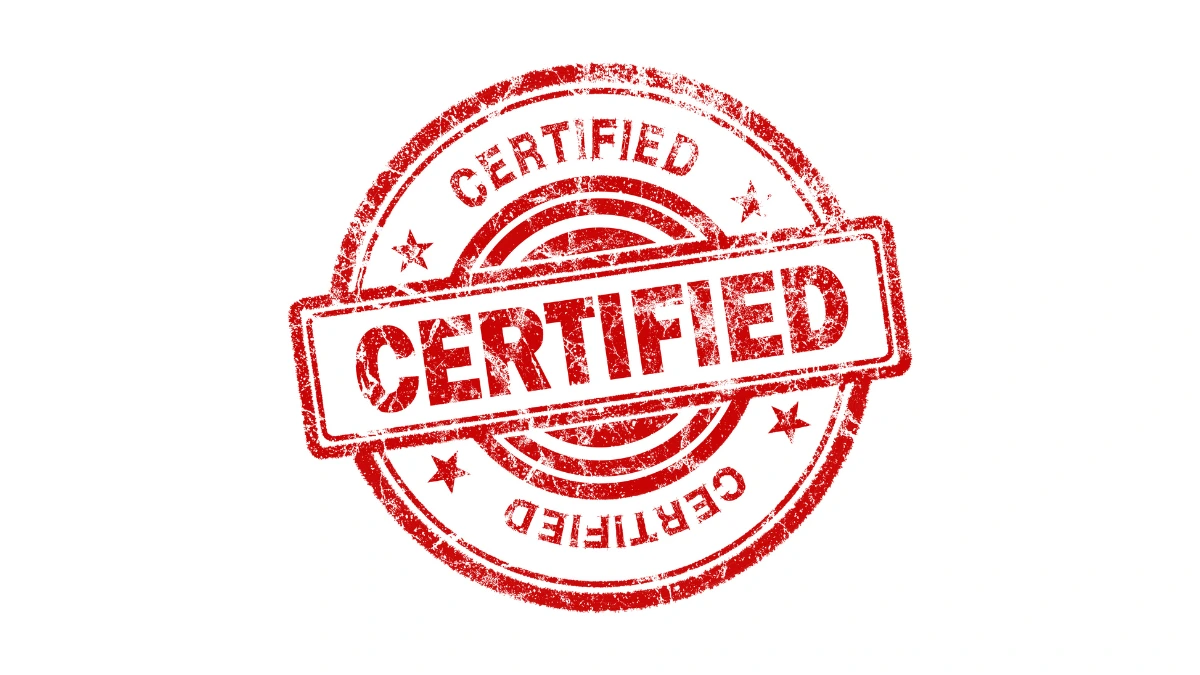Vietnam is one of the emerging industrial countries in Southeast Asia. As the industry emerged in this land of Blue Dragon, so did the economy there. Therefore, if you’re one of the ICT product manufacturers who wants to market your product to Vietnam, it is important to obtain MOST certification.
MOST stands for “Ministry of Science and Technology“, this is the official governmental body that’s responsible for regulating the publishing, newspaper, and postal services such as internet, telecommunication, broadcasting, information technology, and other related fields. By obtaining MOST certification, you can sell your product to the Vietnam legally.
This article will give you information on Vietnam’s MOST certification process as a standard procedure for Information and Communication Technology (ICT) products.
Also Read
Table of Contents
Vietnam’s MOST Certification Process

The process of obtaining the Vietnam MOST Certificate for ICT products is divided into two stages: Obtaining Test Reports and Application Submissions. The requirement test reports are the Radio Frequency (RF) Test Report and the Electromagnetic Compatibility (EMC) test report.
Obtaining test reports can be done by doing local testing in Vietnam’s domestic test lab or using existing reports issued by overseas labs that are recognized by MOST.
Vietnam’s MOST certification requirements

To obtain MOST certification several requirements must be met, including:
- Application Form (to be prepared by the consultant and signed by the TA cert holder);
- Product Specification (to be provided by the client and re-edited by the consultant);
- Information on the Sample (to be prepared by the consultant);
- Valid ISO 9001:2015 certificate of the manufacturing factory (to be provided by the client);
- Factory declaration (to be prepared by the consultant and signed by the manufacturer);
- Declaration of sample shipment (to be prepared by the consultant and signed by the manufacturer);
- Business license of the TA certificate holder (to be provided by the TA certificate holder).
Sample requirements, lead time, and validity
Sample requirements: MOST certification need 1 normal sample. Power (the lab will set the maximum power level in the product’s configuration in their testing process) plus antenna gain must be within the regulated power limits (200 mW for 2.4 GHz and 500 mW for 5 GHz).
- Lead time: Based on the official lead time specified in the MOST circular, which is 6 weeks after sample receipt.
- Validity: MOST certificate has expired in 3 years.
Meeting the MOST certification requirements is an important step for telecommunications and electronic equipment manufacturers to ensure that their products are ready to be marketed in Vietnam.
Following the MOST certification process can guarantee the safety and quality of their products. For those of you who want further information regarding requirements or assistance in the certification process, you can directly contact the laboratory or experienced Type Approval Certification services for ICT Products.
















